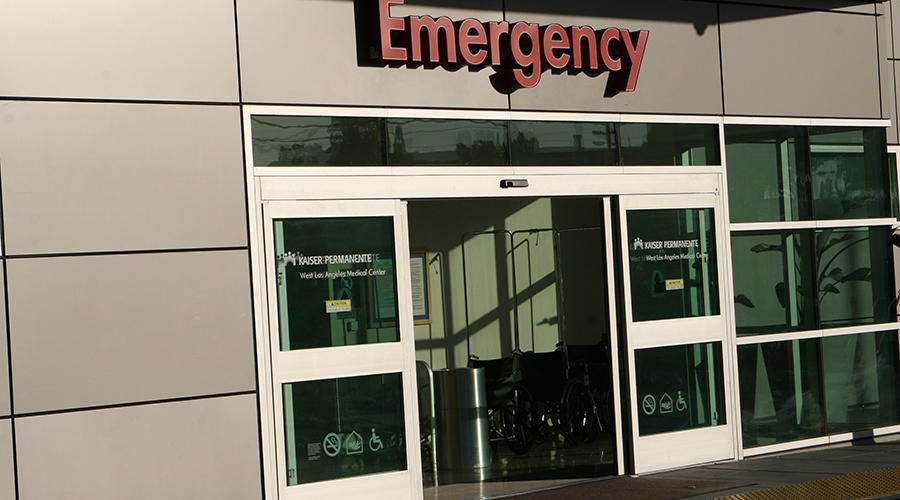 Facility managers should identify requirements for factors like durability and aesthetics based on the conditions in which the door and hardware will operate.
Facility managers should identify requirements for factors like durability and aesthetics based on the conditions in which the door and hardware will operate.How To Do Asset Management for Doors and Door Hardware
Because of their high level of use, and therefore difficult maintenance requirements, it's critical to match door and door hardware products with the proper application.
Doors and their associated hardware require more maintenance time and effort than almost any other building component. Doors and door hardware must withstand high levels of use and abuse. Their proper operation is essential to the safety of building occupants and visitors as well as to the security of building contents and operations. And with expanding requirements for the role that doors and door hardware must play in building operations, such as providing unrestricted egress, paying attention to door operations has become increasingly important to facility managers.
In spite of the importance of these components in overall building operations, doors simply don’t get the attention they need if they are to perform all of their expected tasks successfully. Most door maintenance programs are reactive. Someone reports a problem, and maintenance personnel are sent out to make the necessary adjustments or hardware replacements. It is this reactive approach that increases maintenance costs while putting safety and security at risk. What might have been a minor adjustment has turned into a not-so-minor maintenance repair by the time someone calls it in. And how can facility managers be certain that the call-in was timely? A door may have been unsecured for hours or days, increasing security risks.
Paying attention to doors and their hardware by performing preventive maintenance on a regular basis pays off in a variety of ways. Energy loss through gaps between the door and its frame is minimized. Properly operating doors provide smooth and safe access into and out of the facility. Doors that latch properly enhance building security. Door and hardware service lives are extended. Total maintenance costs are reduced.
But preventive maintenance is only one element of effective asset management for doors and door hardware. If facility managers are to get on top of the issue they cannot simply be reactive. They must be involved from the very beginning, well before the door and its hardware were installed in the facility. They must actively participate in determining what to install, where, and why.
Product selection
The traditional approach to door and hardware selection often punts the entire process to the contractor. Door contract specifications, if there are any, may call for a type of door or type of hardware, but rarely do they go into the detail of specifying what from what manufacturer is to be installed. While this may lower first costs, it causes at least three problems for those who must maintain the system.
Not being involved in the selection process means that what gets installed may not be the best match for the operation. What works well in one application may not be suitable for another. Selecting the wrong type of hardware can put security at risk, hinder operations, or increase maintenance costs.
Equally important is matching the durability of the hardware to the requirements of the application. Door hardware is rated in three grades. Grade 1 hardware is typically 35 to 50 percent more expensive than Grade 2 hardware, but it is more durable. For example, a Grade 1 exit device is rated to withstand 500,000 cycles while an exit device with a Grade 2 rating can be expected to withstand 250,000 cycles. Cutting first costs by installing lower grade hardware may increase long-term maintenance costs.
The third issue caused by not being involved in the selection process may have the largest impact: lack of standardization. If installers make the selection, door hardware will not be standardized. Facilities will end up with similar devices from a wide range of manufacturers, forcing them to maintain an ever-increasing stock of replacement parts. Maintenance personnel will often have to make two trips on calls: one to determine what they need and the other when they return with the needed components. Standardization allows them to take a typical selection of repair parts with them on most maintenance calls.
Related Topics:














